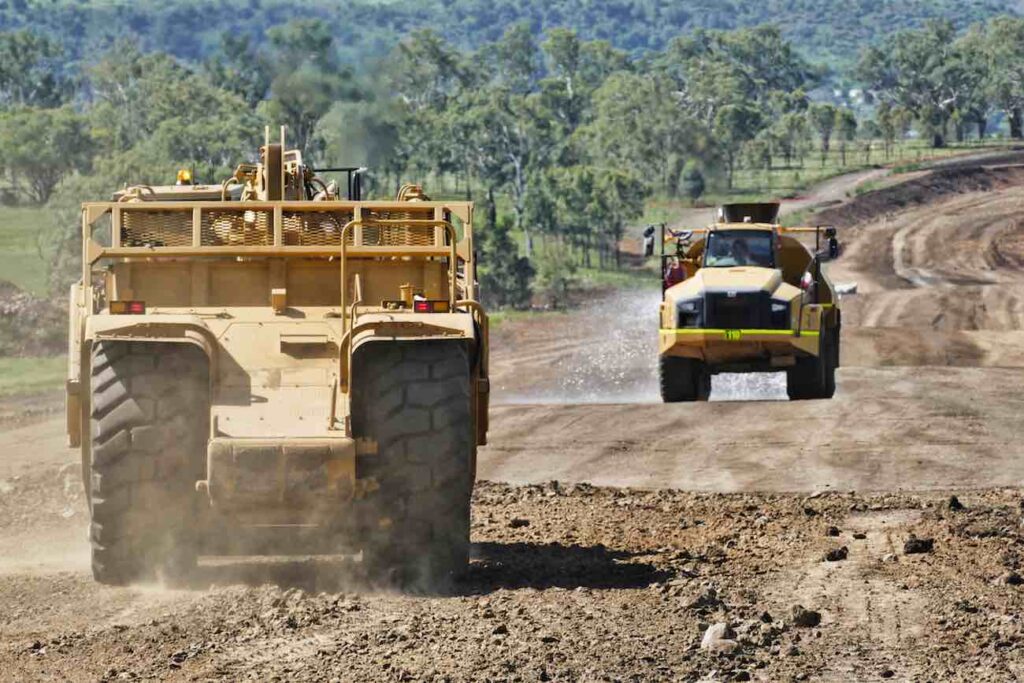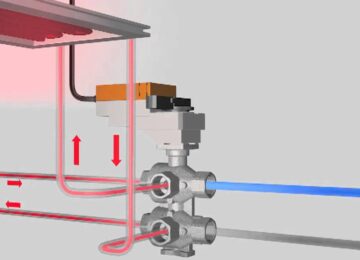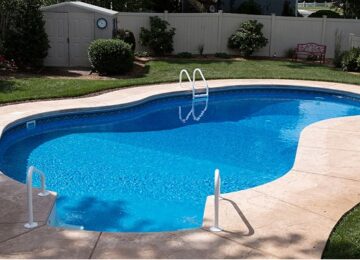Construction sites have many risks and the primary one is dust which can be harmful to workers who are consistently exposed to it. Dust particles can lead to serious health issues that cause breathing complications, disability, and in some instances result in death. However, today manufacturers such as BossTek have come up with various solutions to help deal with dust control. Along with other tools, the use of water for dust suppression has proven to be an effective method. As such, to run most construction operations, effective and sustainable dust control methods are a major concern. This post will look at why using water might not be a worthy solution.
Short-term effectiveness
One of the reasons why using water is the preferred method is the simplicity that comes with it. This method makes the dust particles stick together, making them too heavy to be blown up. Water is also cheap and does not any expertise to use it. However, water is highly evaporative, which means the sprayed area will dry off quickly. This necessitates frequent spraying to keep the dust down. The need to frequently spray water for dust suppression makes it only suitable as a short-term solution. For this reason, water is ineffective and a short-term solution to a long-term and often a large-scale problem.
Wastage of water
Using water sprays for dust suppression, especially over a large area, means you’ll have to use large water volumes. And all this water goes to waste. If you’re using one gallon of water per square meter 3 times a day, this translates to higher volumes of water being used in a week and even more in a month. As a result, a lot of water will be needed to cover larger areas.
Unsustainable
Due to environmental concerns assuming that there’s enough water available in the community, it becomes hard to recycle water that’s already been used. This issue along with the large volumes of water you’ll need shows that this method is harmful to the environment and is unsustainable. The use of water also compromises an ecosystem that’s already impacted by the different aspects of construction activities.
Consider alternative Solutions
Luckily, there are more effective and sustainable solutions that are easier to adopt. Also, some suppliers specialize in manufacturing better and more sustainable dust control equipment and system that can cut dust emissions by nearly 85%. These solutions come in different types, shapes, and sizes, and are industry-specific. And while dust control requirements differ from industry to industry, the goal is still the same. To protect the environment, enhance workers’ health and safety, and make the world better. Even though water usage in dust control has been in use for a long term, it’s time to rethink this strategy. That’s why adopting alternative sustainable dust suppression solutions can effectively in controlling dust while protecting the environment.
While every construction activity dust control is different, in the end, it will help improve your workers’ safety and health. At the same time, dust suppression methods will reduce the impact of construction activities on the communities around your site and the environment.












